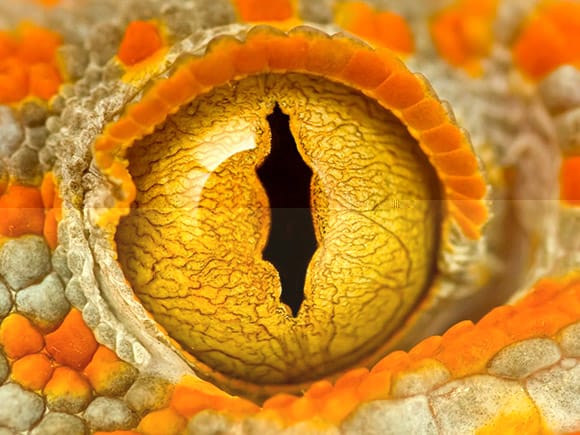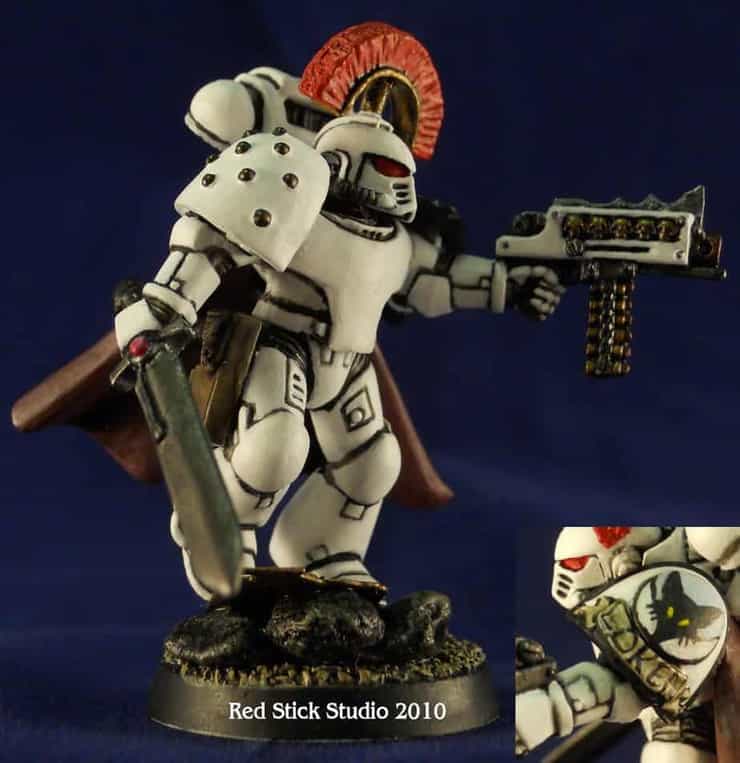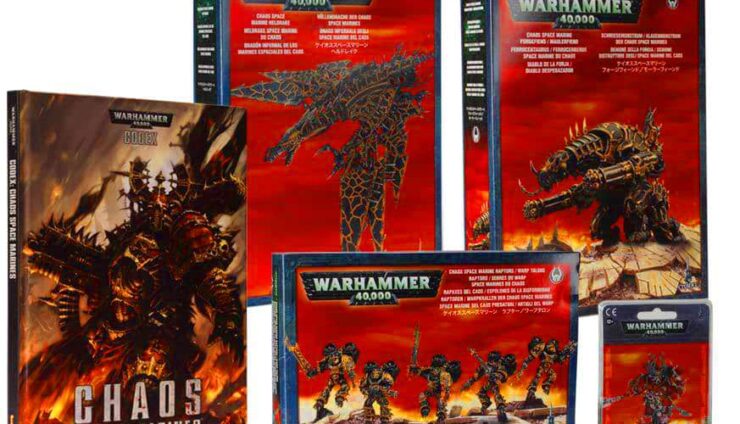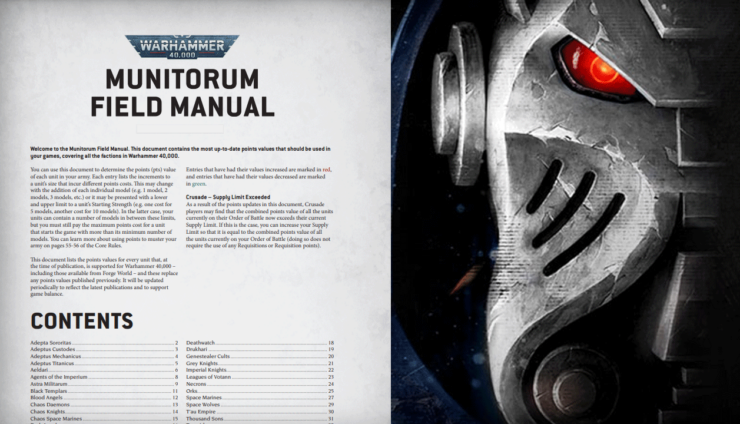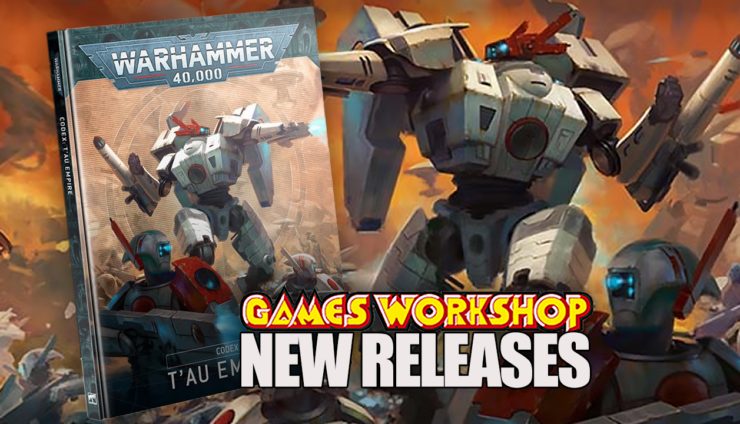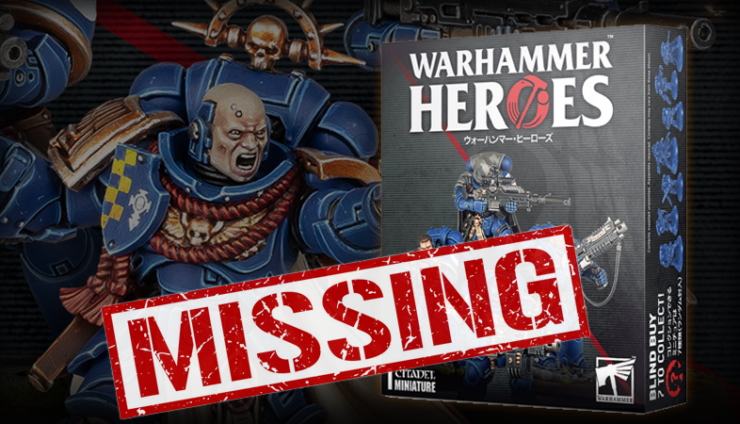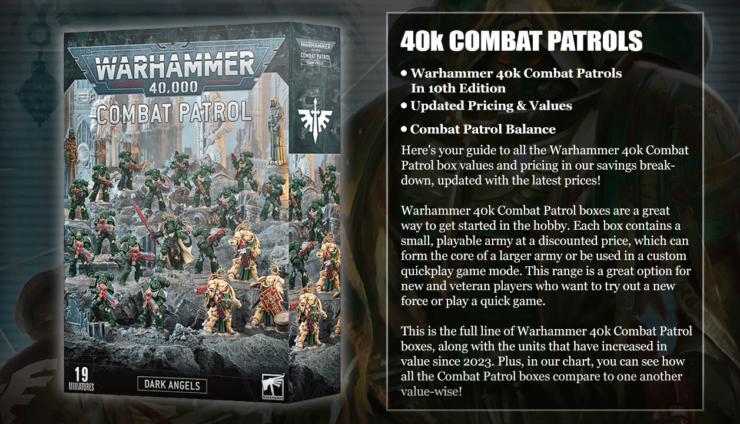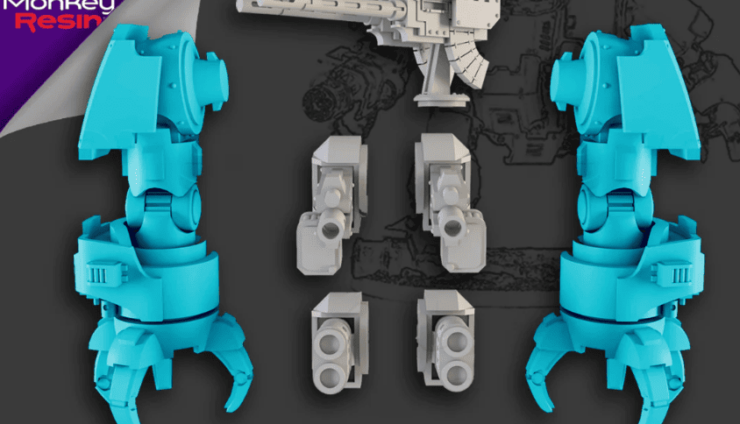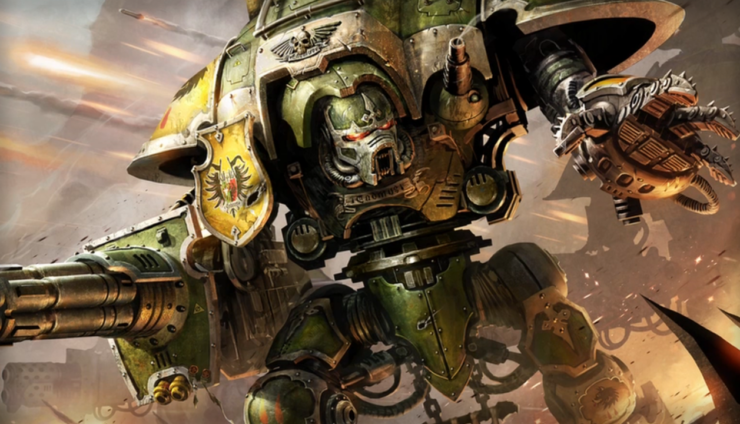Hey guys today we have Maggy form Red Stick Studio here with a great article on photographing miniatures.
She posts over on her blog Red Stick Studio, and wanted to share her knowledge here on the artistic side of miniatures!
Please welcome her to the blog, and enjoy the in depth post!
So, you’ve decided to take the plunge, and you want to have some great pictures of your hard work. Then, the thoughts start rolling through your mind, how do I do this?
What do I need to buy? What kind of camera should I have? Is this going to cost me a lot of money? Can I get someone else to do it, which would cost me less than picking up what I need to do my own pictures?
These questions and more are common ones that come to light when someone is deciding how best to go about getting beautiful, clear shots of their miniatures that you are proud of. Remember, this is about taking pictures of small objects, as small as two to three inches high, not taking pictures of people. There are different camera modes and/or equipment that you will need to use, or learn to use, that will help you produce these types of photographs.
Macro (Close Up) photography is a delicate task, with several very particular characteristics that make it very challenging. This is not limited to: choosing the right equipment for the task at hand, learning various techniques, choosing the ideal subjects and far more. Just having the proper equipment is not enough, you need to practice with it, a lot. It requires a steady hand, good colour composition, good shot composition and more, things that come with practice.
The most important part to successful macro photography however, will always be the camera. Without a good quality camera, all the practice and preparation in the world won’t turn out a successful final product. You as a photographer can have all the most current training, but if you’re trying to use inferior equipment with this training and knowledge, the results can only be described as disaster.
The Explanation
![]() There are two main types of digital cameras, point and shoot and the D-SLR. They have a megapixel rating (mp) that can vary anywhere from 2 (low end) to upwards of 24 (very high end). The newer the camera, the more likely it is to average around 8-12mp.
There are two main types of digital cameras, point and shoot and the D-SLR. They have a megapixel rating (mp) that can vary anywhere from 2 (low end) to upwards of 24 (very high end). The newer the camera, the more likely it is to average around 8-12mp.
These numbers can be found on the box, on the camera, or by researching the particular camera you either have or are interested in online. Brand really doesn’t mean a great deal, its personal preference really. If you ask 10 photographers what brand they believe is the best, 8 of the 10 will tell you whatever brand their current equipment happens to be. Out of those 8, there are probably 6 different manufacturers mentioned. The mainstream camera companies include (in no particular order): Nikon, Cannon, Sony, Kodak, and Panasonic.
Another factor weighing heavily is the resolution of the photographs the chosen camera produces. This can vary from 72dpi (low) to 300dpi (high) or more, dependent on the equipment. Scanned photos can have a very high rating, as much as 900dpi or more depending on the scanner used! DPI, in the end is the printer resolution, telling you how many dots of colour can be put into a one inch square when printing the image.
Generally speaking, the higher the number the sharper the image, as the more dots of colour can be fit into that same one inch space. The higher the resolution, the images produced tend to have a higher range of colours and shades when it prints out or is viewed on a monitor. In terms of macro model photography, it means the more dots that can be fit into the printed image, the more accurate reproduction of the colours depicted on the miniature, as well as more of the fine detail being captured. This leads to the miniature being accurately represented in the final image without blurriness or pixilation.
Macro Mode
This is the most important feature that is a must have for macro photography to work properly, if the camera is a point and shoot. A D-SLR has specific lenses you would purchase in order to have this ability, costing upwards of two thousand dollars, depending on the camera brand, and type of lens your purchase.
With macro mode on a point and shoot, depending on the model, you can get as close as a half inch away to take photographs, but others may have a 4-5” minimum distance for this mode to function properly. It’s all dependent on that particular camera.
It’s best to consult your camera book, or the website for that particular brand for the recommended distances. A note of caution: if your point and shoot (or the one you’re looking at) doesn’t specifically list a macro mode, and you can’t find information on their website about that specific camera, chances are it may simply not have it.
Regular shooting mode is not a substitute in any way shape or form for an actual “Macro Mode” option. Macro mode is designed to allow the user to get very up close and personal such as frame filling flowers, small insects and more with clarity. This is why it’s the ideal mode to use when photographing miniatures.
Other Recommendations
Lithium Ion Battery
Not only better for the environment, they are more reliable, can take several thousand charges before you need to worry, and are cost effective. Remember, with macro photography, you’re making the camera do a lot, and it will use a lot of battery to do that.
Image Stabilization/ Anti-Shake
If your hands shake at all, this one’s a must. Even when using a tripod with the camera to do still photography, it still helps with the final product. Don’t rely on it alone to take macro photographs, as it can only do so much, but it makes a great assistant when combined with a tripod.
Zoom
This isn’t a concern with macro photography specifically. Macro mode is specifically designed to allow you to get very close to the subject, without needing to zoom in to fill the frame. If you try to combine zoom with macro, it will hinder you, as the two do not work well together. Why combine two settings that make your camera fight against itself to get the shot?
Autofocus
This can be your best friend, seriously. When you look at your screen, you get a preview of the final image. With autofocus, in most cases you can set the area it’s focusing on (ie. the center of the frame or another point you determine) giving you more control on the focal point. Reminder though, this can also hinder you, as it may want to focus on a part of the model that you don’t want to, so be wary. This is another of those points that practice is important to getting good, consistent results that you’re happy with.
View Screen
The larger the screen is the better. In all reality, you’re getting a preview of the image before you take it. If you’re like 80% of the world and don’t have perfect vision, it will be easier on your eyes if you’ve got a larger space to look at while taking your images. It’s not necessarily a requirement to have a large screen, just remember that the more you can see of what you’re working on, the more likely you are to notice any problems before you start shooting.
In closing, the suggested parameters for an ideal camera for macro photography are:
– Macro Mode
– 8-12+ mp rating
– 300dpi photo resolution
– A Lithium Ion Battery
– Autofocus
– Image Stabilizer/Anti-Shake
– Can be mounted on a small/compact tripod
– Good sized view screen for preview
As an added treat, here are a few shots I have taken of my completed miniatures:
Whats next from Red Stick Studio:
Next article in the series will cover the basic equipment needed for successful miniature scale photography, with plenty of images to easily identify the various pieces of equipment. -Enjoy MBG

